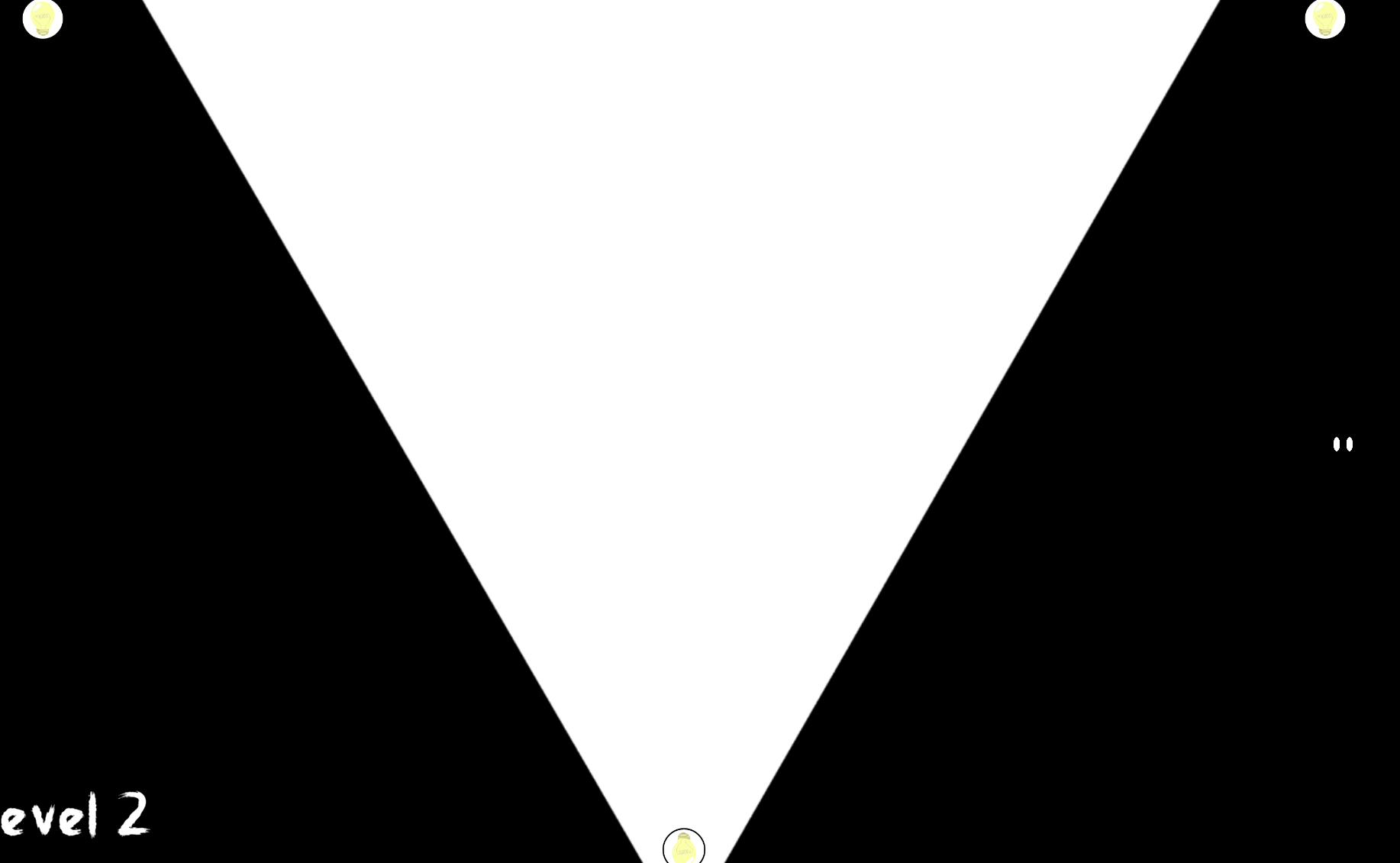Hi there!
For my entry of the jam, I created a 2D Platformer based around light, where you need use the latter and its shadows to your advantage; for example you can double-jump in light and/or use shadows as solid blocks to either walk on, or wall jump on, but ONLY ONE can be on at a time. Here is the trailer for my game, if you want to understand the mechanics better :
Now I am pretty happy with the movement of my character (it's diffcicult but that's what I wanted to achieve) even though some think it is TOO difficult, but that not why I am here... Many have critiziced the level design of my game, and frankly I really suck at level design, but not many have given me ways to improve specifically the level design...
So I was wondering:
- What makes a good level ? What makes it fun ?
- In my case, How can improve the level design of my game ?
- And what is the perfect difficulty curve for such a game ? is it OK to challenge the player instantly or not, etc. ?
Thank you in advance for everyone who took the time to answer my questions :)
PS : Here is my game entry if you want to test it out



